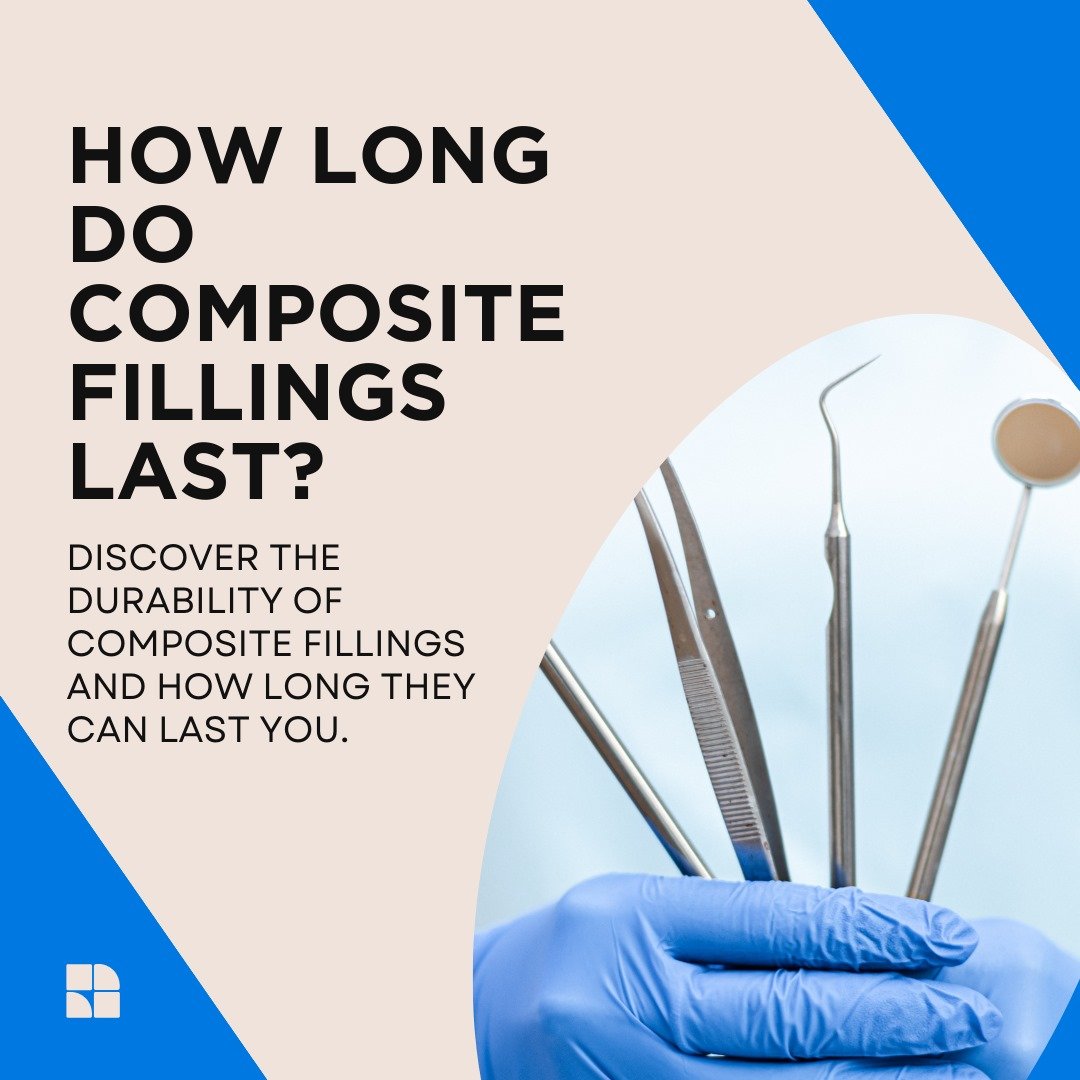Composite Filling: Characteristics and Durability Guide
The small pits created by the cavities in the teeth may look like a trivial issue at first.
But if you leave it unchecked, it will destroy the protective layer of the teeth,
And as the enamel erodes, the teeth become weak.
In the end, there is no other option left to the dentist but to remove it.
No one wants to lose a tooth or bear toothache and sensitivity.
So, in this guide, we will introduce you to composite filling that blends with the rest of the tooth structure.
Composite fillings are used in restorative dental procedures, such as cavity extractions.
They aid in repairing dental damage and completely regaining the functionality and comfort of your mouth. You might be curious about the process if you require a tooth filling.
Composite Fillings
People have a soft spot for composite fillings over the other types of fillings.
It may not be because the procedure would hurt less. But surely the reason is that they get them a natural-looking, gorgeous smile.
The fact that composite fillings blend in with the surrounding teeth is a relief for the patients.
Dental fillings constructed of a plastic and glass mixture are called composite fillings.
The amalgamation that forms composite fillings is in a liquidity state. That's why before it appears as a tooth in your mouth, it resembles a plasticine putty.
Additionally, these fillings are tinted to match the colour of your teeth.
So, if you were not treating the affected tooth because you dislike the look of metal and other filling, you have a great alternative.
Composite Filling: A Super Convenient Option
Because composite resin adheres to enamel easily, less of the tooth's natural structure needs to be removed to place fillings.
Additionally, unlike metal fillings, composite fillings won't corrode or expand once they're in place.
They use an adhesive to chemically fuse with the neighbouring tooth.
Small spaces between teeth and chipped teeth can also be filled up with filling materials.
It is a flexible dental material for restorative and aesthetic purposes and helps in the following:
Fill in the gaps
Fix oral damage, such as cracks and chips
Cover up lingering discolorations
Guard worn teeth
Manage sensitive teeth
How Long Do Composite Fillings Last
The life span of composite filling is around five to seven years.
Composite fillings do not stay as long as metal fillings.
According to a study, they stay in good shape for roughly seven years on average.
Another research stated that if patients maintain proper oral hygiene and receive smaller fillings, they can last up to ten years or more.
However, a number of factors, including the following, affect how long a composite filling lasts, such as,
Where in the mouth it is located: The teeth that are in action most of the time won't hold the composite filling for long. So, if the filling is in the molars, you may face issues before you may expect.
Dental hygiene practices: Good maintenance goes hand in hand with longevity. In the case of any type of fillings, proper hygiene helps them last long.
Size of Composite Fillings: Displacement may occur if the filling is spread across a large area. A small filling will seamlessly sit in the mouth for longer.
Diet: Drinking and devouring food with high acidic levels damage the fillings.
Bruxism: Clenching or grinding the teeth will put pressure on the composite fillings.
Cavities can be filled in a variety of oral locations with composite fillings.
Crowns of molars are more susceptible to damage than the situation where the filling is in between the teeth.
Therefore, some fillings may require replacement sooner due to increased wear and tear.
Factors That Influence the Durability of Composite Fillings
Compressive strength: Material's ability to withstand breaking under compression. When it comes to posterior restorations, this is quite essential.
Handling and adaptation: The composite fillings should be placed in the right positions. A radiograph can tell you if the fillings were successful or not.
Translucency: Your restorations will have more translucency when the dentists bulk-fill materials. For bulk fillings to cure in a single layer to deeper depths, they must be translucent. Preventing stains and maintaining teeth may require the use of opaquers and liners.
Shrinkage: During polymerization, shrinkage is the limiting element in a composite filling result and the long-term effectiveness.
Poor Marginal Seal: An increased risk of recurrent caries and marginal staining are all due to shrinkage.
Polishability: The polishability of composite filling is much better than that of other variants on the market. Additionally, hybrid composites have a nice shine, taking your smile up a notch.
Cost of Composite Fillings
Normally, the cost of composite fillings is somewhere around $200 to $600.
People can use their dental insurance to cover the cost of treatment.
Some companies may cover the entire cost, whereas others will charge some amount for the treatment.
If you want more information on the cost of composite filling, read our blog on
FAQs
What makes composite fillings better than metal fillings?
They are better as they involve less extraction of good tooth structure.
How long does it take to receive a composite filling?
The amount of time required for the treatment depends on a number of factors, including the size, location, and number of fillings required for a cavity or fracture.
Can composite fillings take the place of my old fillings?
You should definitely replace the filler if your old fillings begin to leak or crack.
Is it safe to eat after a composite filling?
Yes, patients can resume eating immediately following their treatment.
Summary
With this blog, you know how long resin composite fillings last and the other factors that make them a superb option.
Nevertheless, for a robust, smooth and almost invisible restoration, you need a professional.
For immediate and personalized composite fillings or to know the details of the process, contact us.




